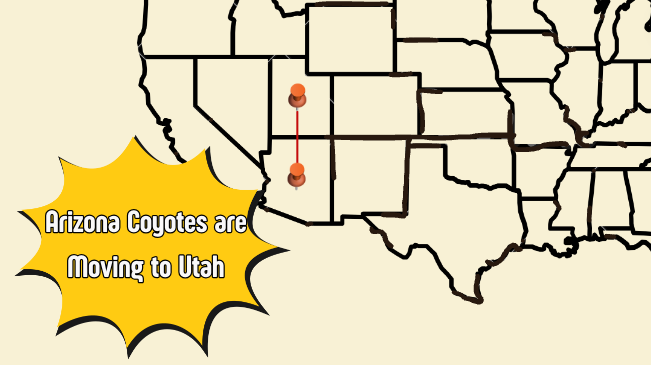The time honored tradition of New Year’s Resolution
New York City New Year’s Eve Ball drop from 2022
With the new year having just kicked off, let’s take a look at the time honored tradition of New Year’s resolutions. The custom of creating new years resolutions has been around for thousands of years, but it hasn’t always looked the same.
The ancient Babylonians are said to have been the first people to make New Year’s resolutions, some 4,000 years ago. They were also the first to hold recorded celebrations in honor of the new year, although for them the year began not in January but in mid-March, when the crops were planted. During a massive 12-day religious festival known as Akitu, the Babylonians crowned a new king or reaffirmed their loyalty to the reigning king. They also made promises to the gods to pay their debts and return any objects they had borrowed. These promises could be considered the forerunners of our New Year’s resolutions. If the Babylonians kept to their word, their gods would bestow favor on them for the coming year. If not, they would fall out of the gods’ favor, a place no one wanted to be.
The Roman New Year also originally corresponded with the vernal equinox, but years of tampering with the solar calendar eventually saw the holiday established on its more familiar date of Jan. 1. For the Romans, the month of January carried a special significance. Its name was derived from the two-faced deity Janus, the god of change and beginnings. Janus was seen as symbolically looking back at the old and ahead to the new, and this idea became tied to the concept of transition from one year to the next.
Romans would celebrate Jan. 1 by giving offerings to Janus in the hope of gaining good fortune for the new year. This day was seen as setting the stage for the next twelve months, and it was common for friends and neighbors to make a positive start to the year by exchanging well wishes and gifts of figs and honey with one another. According to the poet Ovid, most Romans also chose to work for at least part of New Year’s Day, as idleness was seen as a bad omen for the rest of the year.
Ancient Egyptian culture was closely tied to the Nile River, and their New Year corresponded with its annual flood. According to the Roman writer, Censorinus, the Egyptian New Year was predicted when Sirius, the brightest star in the night sky, first became visible after a 70-day absence. Better known as a heliacal rising, this phenomenon typically occurred in mid-July just before the annual flood of the Nile River, which helped ensure that farmlands remained fertile for the coming year. Egyptians celebrated this new beginning with a festival known as Wepet Renpet, which means “opening of the year.” The new year was seen as a time of rebirth and rejuvenation, and it was honored with feasts and special religious rites.
Though the precise origins of puckering up the second a new year begins are unknown, the custom is often traced back to two winter festivals: Saturnalia in ancient Rome and Hogmanay, a Viking tradition still celebrated on New Year’s in Scotland. Saturnalia was held annually during the winter solstice, and because it was the biggest party of the year, it involved public drunkenness. Somehow that part morphed into the assumption that kissing was involved. Because Saturnalia was held between Dec. 17-23, experts believe that’s how the New Year’s kiss got its start. Hogmanay traditions, on the other hand, at least involve a New Year’s kiss. But these kisses were doled out to greet strangers and friends along with wishes of a “Guid New Year.”
Even though New Year’s traditions have gone from the hope of bountiful crops to wanting to lose those last 15 pounds, the true heart of the new year still carries on today.
Your donation will support the student journalists of Fuquay-Varina High School. Your contribution will allow us to purchase equipment and cover our annual website hosting costs.






































